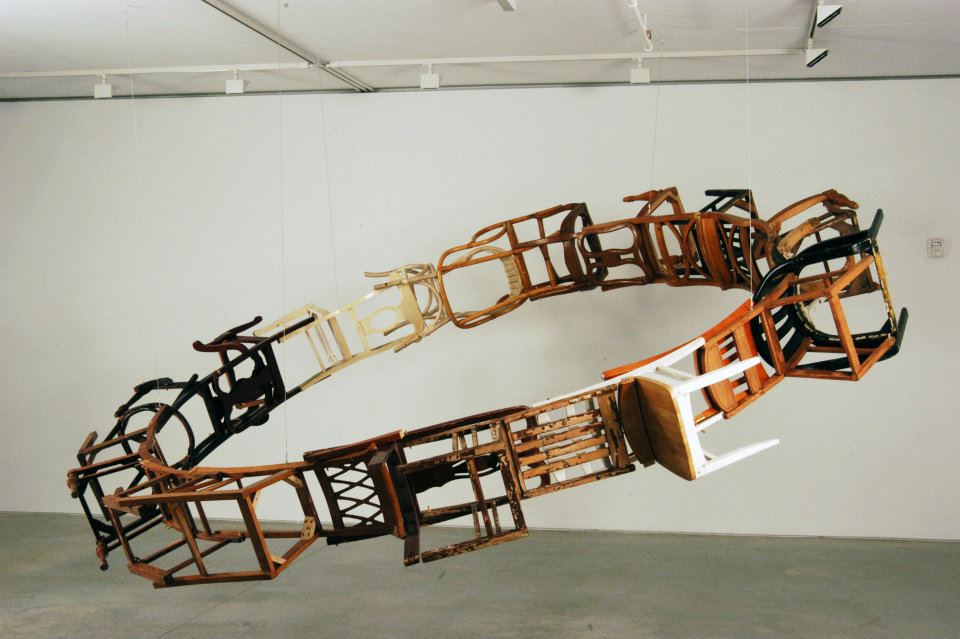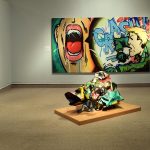Conceptual Art stands as one of the most controversial and intensely debated artistic movements. The central nature and fundamental axiom of conceptual art is the main source of controversy. Sparking strong and sometimes extreme reactions. Reports amongst many critics and art enthusiasts, saying; its a revolutionary, novel, and relevant form of art, while others find it awful, shocking and devoided of any aesthetic value or craftsmanship. Some even question its status as a form of art. As artist Sol Lewitt once said;
” In conceptual art the idea or concept is the most important aspect of the work”
This genre of art significantly divides audiences, enticing strong reactions from love and relatability to shock and disgust, encapsulating the long standing question of ‘what is art in the first place’
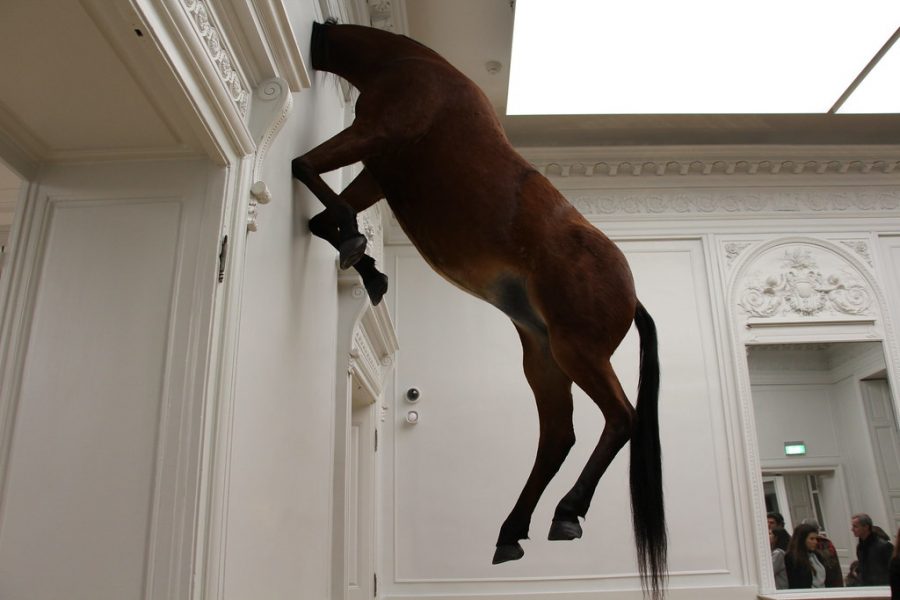
What is Conceptual Art ?
This complex form of art and its philosophy, prioritizes ideas and concepts above conventional aesthetics and material consideration. it appeared in the early 60s as an opposition to the traditional art establishment. artists like Sol Lewitt, who famously stated ” The idea becomes a machine that makes the art” encapsulating the fundamental nature of this movement. By 1967, when Lewitt published his landmark ‘Sentences on Conceptual Art’ the term has gained international resonance. By the late 70s the conceptual art wave had become a widely acknowledged approach in western visual art.
In conceptual art the idea or concept takes the upper priority. For example, Marcel Duchamp‘s ” Fountain” a urinal presented as a piece of art, questioning the very essence and nature of art. Joseph Kosuth‘s ” One and three chairs” examined meaning and representation by exhibiting a chair, it’s photograph, and a definition. This art genre frequently employs unorthodox mediums, with the intent of engaging the viewers intellectually rather then visually.
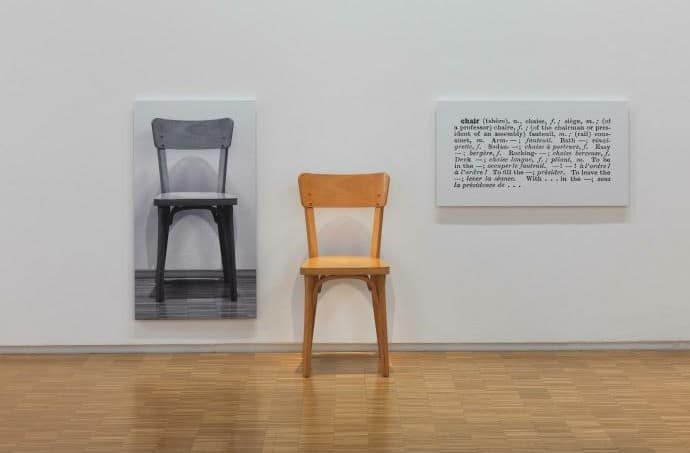
The Roll Of Language and Symbolism In Conceptual Art
Language and symbolism play a key roll in this form of art, given that these elements are the primary transmitters of meaning. Language and symbolism are implemented to challenge and question traditional interpretations of art. Emphasis on the on the transmitted idea rather then the visual elements. For example, Joseph Kosuth’s “Art as idea as idea” series, which includes dictionary meanings of terms such as ‘water’ and ‘chair’, exhibiting the use of language as the artwork itself.
This method corresponds to the field of semiotics, the study of signs and symbols. conceptual artists frequently use to produce multiple layers of meaning. By insisting on language and symbolic representation, such artists tend to introduce viewers to an in-depth, and intellectually stimulating interplay with art, often resulting in diverse interpretations and discussions about the nature of art at large.
Debates And Controversies
The deviation from traditional conventions of orthodox art form, is the main source of conceptualism’s disputes and controversies. Critics claim that, this new mutation lacks the expertise and craftsmanship normally associated with art. they believe that; prioritizing ideas and concepts above aesthetic worth diminishes the relevance of the artist’s technical capacities. Advocates on the other end, celebrate it for questioning the very cardinal notion of ‘what is art to begin with’ lifting thought, concepts, and perception above form. this polarization mirrors broader and more fundamental questions about the purpose of art; whether it should delight the senses or provoke thoughts and new perspectives. These debates reflect the changing nature of art and its interpretation within the cultural and historical context.
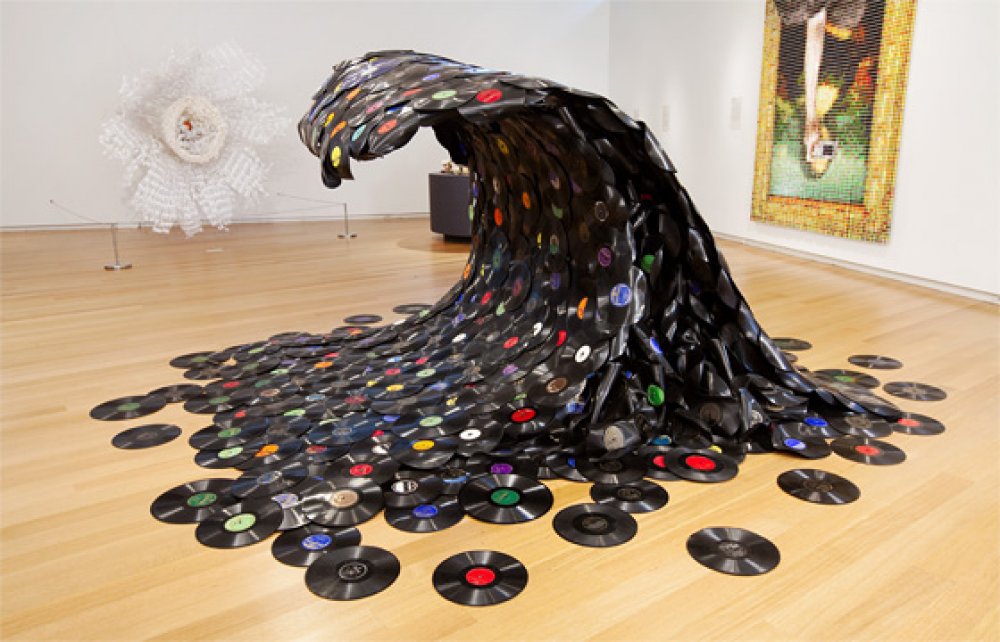
The Future of Conceptual Art
Conceptual art is set to evolve even more, adopting future technologies and societal fluctuations. Trends suggest a shift to digital mediums, including virtual and augmented reality, providing new avenues for conceptual expression. Furthermore, rising environmental and social consciousness could lead conceptual artists towards more activist-oriented matters. The increased accessibility of art via social media and internet platforms foreshadows a larger more varied spectrum of voices contributing to the conceptualism sphere. This art form will likely continue to shift and alter the basic notions of art in a more radical manner.

